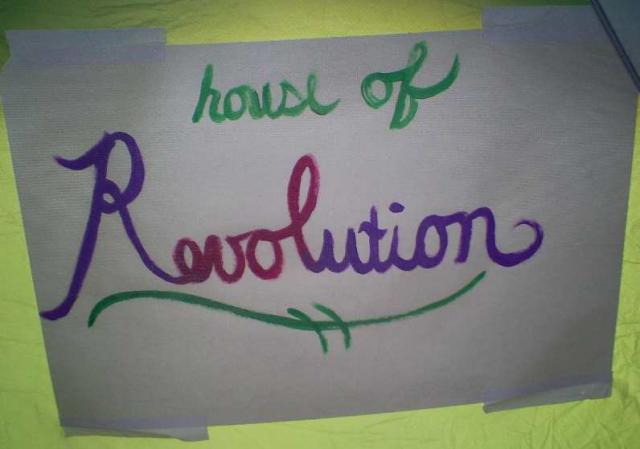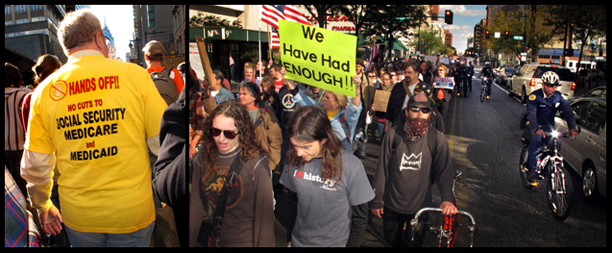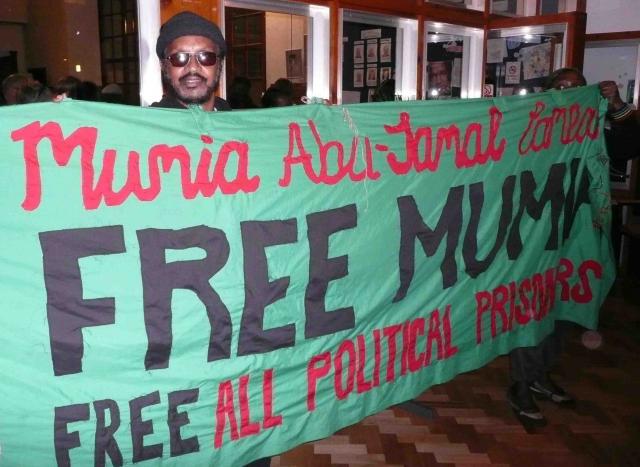“There are combustibles in every state which a spark might set fire to.”
— George Washington’s letter to General Henry Knox concerning the
Shay’s Rebellion, 1786
One month ago, a group of some 1000 demonstrators gathered in Manhattan’s Zuccotti Park to protest the pillaging of the nation’s economy by powerful corporations and international houses of high finance. While these young activists were entirely peaceful, they also made it clear that this would be no hippie-dippy flower-twirling love-in, sit-in, teach-in, or even a camp-in; this was an occupation. The demonstrators announced that they intended to Occupy Wall Street 24/7, staying until hell freezes over if need be.
The New York City police welcomed them warmly with pepper spray and more than a few violent smack-downs, even going so far as to arrest some 700 protesters on the Brooklyn Bridge who werelured into a position where they could be charged with blocking traffic.
After video of these outrages went viral on the Internet, a wave of righteous indignation swept the land. Hastily-formed Occupy groups proclaiming themselves in solidarity with the NYC protesters began to spring up in big cities and small towns across America. At first it was just a handful: 20-30 groups in the first week, growing to a few hundred in the second week, then rapidly mushrooming to today’s current total of 1,947 cities around the globe.
The most common critique leveled against the Occupy demonstrators is that they don’t seem to have a plan. “Disorganized,” “unfocused,” and “aimless” are buzzwords the movement’s detractors — both liberal and right-wing — like to toss around. Last week former President Bush’s key political adviser Karl Rove cynically opined in the Wall Street Journal that Democrats should distance themselves from the Occupy Wall Street movement to avoid alienating potential voters in 2012.
And it’s true that even those Americans who are in fact part of the 99% and generally support OWS’s principles are themselves unclear as to what the protesters ultimately want and how exactly they are going to accomplish it. What are their demands? How long are they going to keep this up? Have they proposed any concrete solutions? But that’s an awful lot of pressure to put upon a spontaneous social movement that is only little over a month old.
 Sign on the side of a tent at the Occupy Oklahoma City encampment (photos by Lori Spencer)
Sign on the side of a tent at the Occupy Oklahoma City encampment (photos by Lori Spencer)






